Last updated on October 25, 2023

Thrumming Stone | Illustration by Rob Alexander
Over the years, Magic has accrued quite the collection of keyword abilities. Some of these like flying or trample have stuck around and probably won’t be going anywhere. However, some keyword mechanics fall off as quickly as they pop up. A prime example of a short-lived keyword is ripple.
Back in 2013, Mark Rosewater gave ripple an 8 on the Storm Scale. This means it’s a mechanic that’s very unlikely to be seen in a premier set. Since then, it seems that Rosewater or anyone else designing Magic have changed their minds on the matter as the only appearance of the mechanic since then has been on reprints of a single card.
So, what’s ripple? How does it work, and why hasn’t it been seen in nearly 20 years? Let’s look at how the mechanic came to be, what it was intended to do, and why it likely won’t be reappearing any time soon.
How Does Ripple Work?
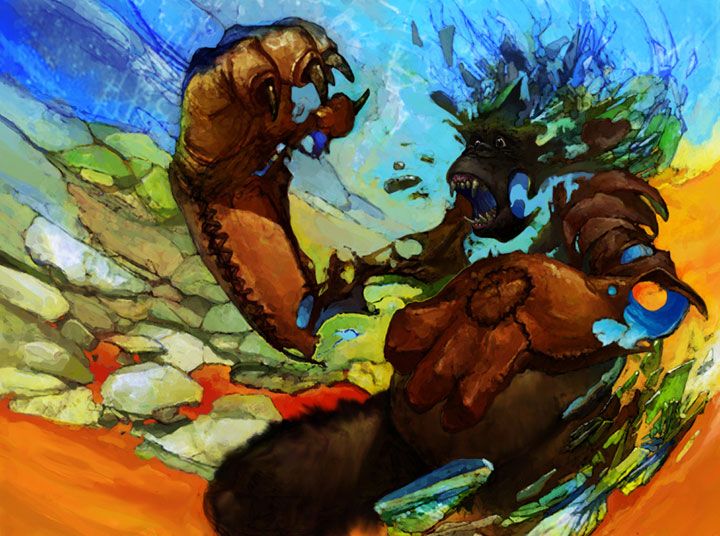
Surging Aether | Illustration by Anthony S. Waters
Ripple is a triggered ability that goes off when you cast a spell that has it. Ripple is always paired with a number, for example Surging Flame has ripple 4. When you cast a spell with ripple, you reveal the top X cards of your library, where X is the number listed after ripple. You may then cast any of the revealed cards that have the same name as the ripple spell you cast without paying their mana costs. The rest of the cards go on the bottom of your library. Because ripple spells trigger themselves when cast, if you hit another card of the same name, you get another ripple trigger and repeat the process.
Ripple triggers are put on top of the original spell on the stack. That means they resolve first before the effects of the actual spell. Any spells you cast with ripple also go on top of the original card on the stack, and their ripple abilities go on top of them. Ripple is also a separate trigger, so even if your spell is countered you still get the ripple effect.
Funnily enough, although ripple is written as “Ripple N” in the comprehensive rules implying that any number could be used in a ripple effect, the only printed ripple cards have “Ripple 4.” This leaves the door open for possible future cards to have different numbers if by some off-chance we see the mechanic again.
The History of Ripple in MTG
Ripple first appeared in the Coldsnap set which was released in 2006. It was a late addition to the Ice Age block, replacing the much maligned Homelands set. This is the only time in Magic’s history that a block was retroactively changed by swapping out an old set for a newer one.
Because Coldsnap was a smaller set with a lot of repeated commons, ripple was created specifically as a mechanic for the set’s Draft environment. Since there are no limits on how many of the same card can be in a Draft deck, players could slot in any number of the same ripple card and increase the chances of the mechanic paying off.
One reason why ripple is unlikely to return is that Magic no longer switches between releasing one large expansion and then a few smaller ones. Instead, each premier set is about the same size, making it less likely that one could create a workable Draft deck around a mechanic like ripple. Ripple doesn’t really make sense for decks that only allow four copies of a single card, and it will never work in a singleton format like Commander. This means there isn’t really a place for the mechanic to crop up.
What If Your Library Doesn’t Have Enough Cards to Ripple?
If there are fewer cards in your library than the number on a ripple effect, you still get to use the effect. According to the comprehensive rules: “if there are fewer than N cards in your library, you may reveal all the cards in your library.” If you cast a card with ripple 4, and there are only 3 cards in your library, you will just reveal all three of those cards.
Can You Choose Not to Cast the Revealed Cards with Ripple?
Yes. Each part of ripple says that you “may” do so. Even if you reveal a card of the same name, you may choose not to cast it for whatever reason. If you don’t cast it, it’ll be put on the bottom of your library alongside any other cards that don’t share the same name.
If you don’t want to, you also don’t have to reveal cards at all. You can simply cast a spell with ripple and choose not to use its ability. Perhaps you know what your next draw is and you don’t want it to be sent to the bottom of your library, or you know that you won’t be able to hit any more of the same card. Whatever the reason, it’s fully up to you which parts of the effect you allow to happen.
How Does Ripple Work with X Spells?
Any time you’re able to cast an X spell without paying its mana cost, the X value of that spell is considered to be 0. If you cast an X spell, no matter how much mana you pay for X, hitting the same spell with ripple gives that spell a 0 value for X.
Does Ripple Work with Cascade?
Cascade’s rules text states “you may cast” the card that you cascade into. Because it’s considered casting, if you cascade into a card with ripple, you still get the ripple effect. Just like when you cast a ripple spell from your hand, the spell goes onto the stack, and then the ripple effect triggers and goes on top of it.
If a card has both ripple and cascade, both triggers are activated at the same time when you cast the spell. Any time two of your triggers happen simultaneously, you’re allowed to determine what order they’re placed on the stack. If you’d like to cascade first, you can do so, or you can ripple first. It’s up to you!
Does Ripple Work with Split Cards or Cards with Multiple Mana Costs?
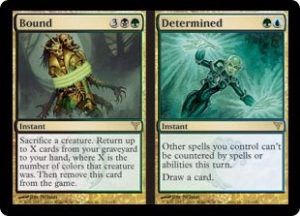
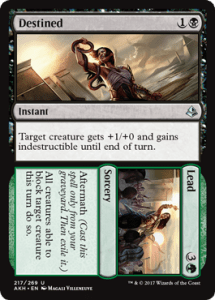
Split cards like Bound // Determined or aftermath cards like Destined // Lead have a unique interaction with ripple. Each of these cards are considered to have two names, however, a player chooses which name the card has when they cast it. This means if you cast the Bound side of Bound and Determined, then the name of that card is just considered to be “Bound.” This means if the card has a ripple effect, it’ll only be able to cast a copy of the same name you chose before. If Bound ripples, and you find another copy of Bound and Determined, you can’t use that trigger to cast the Determined side because it’s considered to have a different name than the spell you cast.
Does Ripple Trigger for Each Copy of a Spell Cast with Storm?
Ripple doesn’t trigger on storm copies because those copies aren’t cast. When storm copies a card, it’s put directly on the stack as a copy. Because ripple is a cast trigger, spells that aren’t cast won’t activate it.
Gallery and List of Ripple Cards
Best Ripple Cards
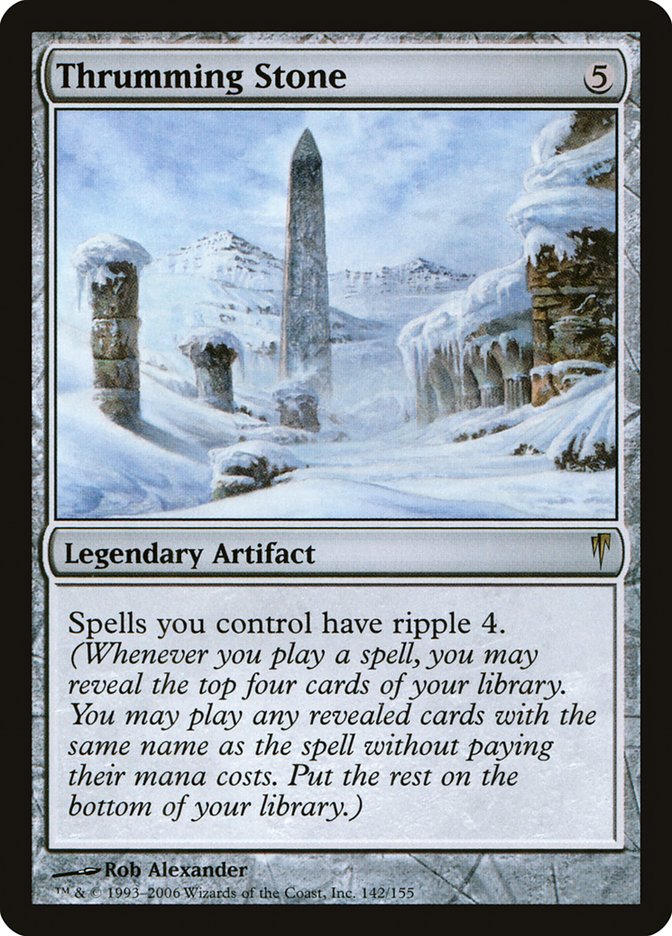
The only ripple card that’s really worth playing outside of a Coldsnap Draft is Thrumming Stone. When only one or two of your cards have ripple in a typical Constructed deck, it isn’t very likely that you’ll find a second copy somewhere in the next four cards. However, when all your cards have ripple, it becomes a lot more likely that the mechanic pays off.
The best decks to use Thrumming Stone in are ones that run creatures with no card limits. The best option is likely a Relentless Rats deck since you don’t need many other cards like you would in a Shadowborn Apostle deck or a Dragon's Approach deck where you also need cards to tutor for.
Decklist: Ripple Rats in Modern

Pack Rat – Illustration by Kev Walker
Creature (26)
Pack Rat x3
Relentless Rats x23
Land (22)
Godless Shrine x4
Marsh Flats x4
Swamp x14
Sorcery (8)
Inquisition of Kozilek x4
Thoughtseize x4
Artifact (4)
Sideboard (15)
Fatal Push x4
Damnation x2
Leyline of the Void
Path to Exile x4
Rest in Peace
Eerie Interlude x3
It’s important to note that a Relentless Rats deck using Thrumming Stone isn’t going to be a top tier Modern deck. It can be a lot of fun, and it can perform well in a less optimized setting, but I wouldn’t go into this deck expecting to win any big competitive events.
The playstyle for this deck is very simple, essentially just cast a bunch of rats and hope to get a Thrumming Stone down as soon as possible. Once you cast a Relentless Rats with Thrumming Stone on the field, you’ll likely hit all the rats in your deck and fill the field with massive creatures.
In the sideboard, I included an Eerie Interlude as a way to protect yourself against board wipes since this deck can be pretty susceptible to them. Another important thing to remember is you don’t have to use each ripple effect. This means you can cast only enough rats to deal lethal damage on the following turn and leave the rest in your deck in case your creatures are wiped out. I have also seen some other decks splash green to have access to Heroic Intervention, but for a casual deck like this, keeping it to two colors saves money on a land base.
Wrap Up
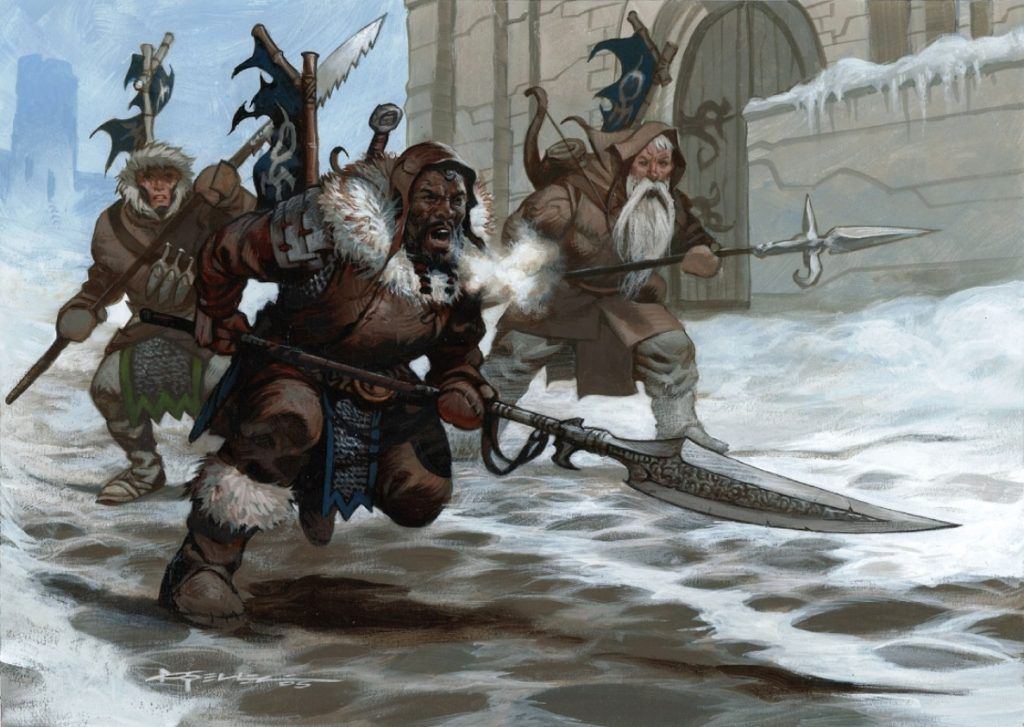
Surging Sentinels | Illustration by Christopher Moeller
I think ripple was an interesting idea for the specific circumstances it was printed under, but I also don’t think it really worked out that well. Apart from Thrumming Stone, none of the cards really see play anymore, and the mechanic itself died as quickly as it began. If Wizards wanted to make some sort of introductory Draft set and included ripple to highlight the importance of cutting down on variance in a Limited setting, I think that would be a fun way to bring the mechanic back. Barring that, I don’t think we’ll see it ever again, except maybe jokingly in an Un-set like the outdated mechanics on Old Fogey.
Would you like to see the return of ripple? Do you like the idea of mechanics specifically designed for Draft? Let me know in the comments or on Draftsim’s Twitter.
Thank you for reading, and I’ll see you next time!
Follow Draftsim for awesome articles and set updates: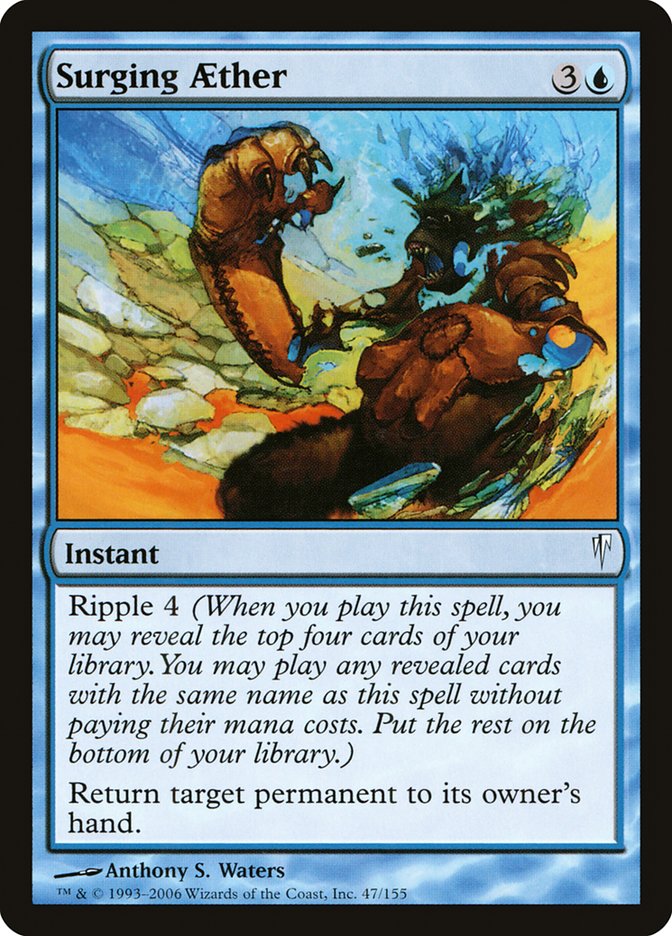

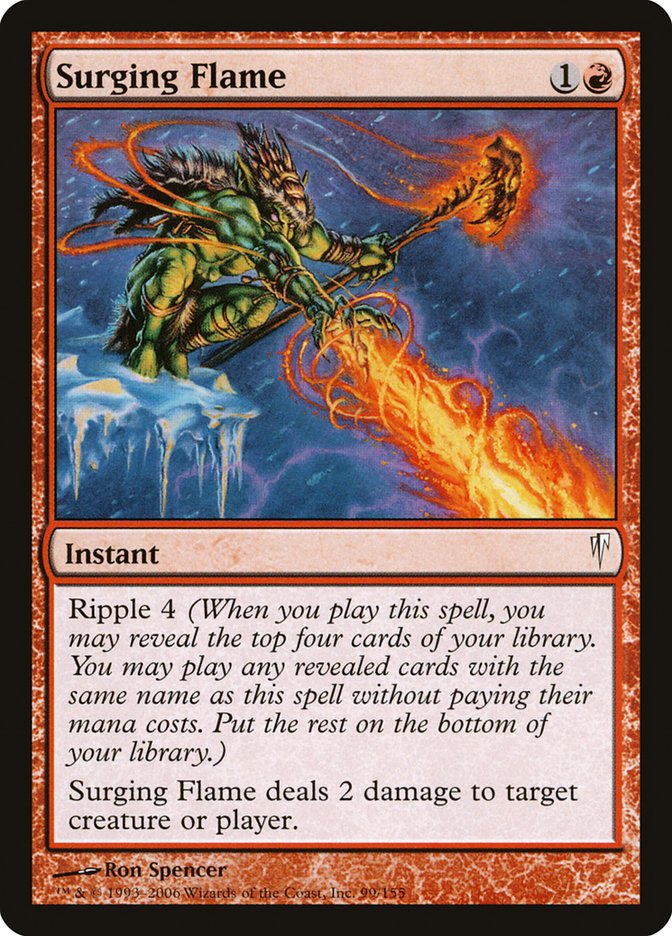
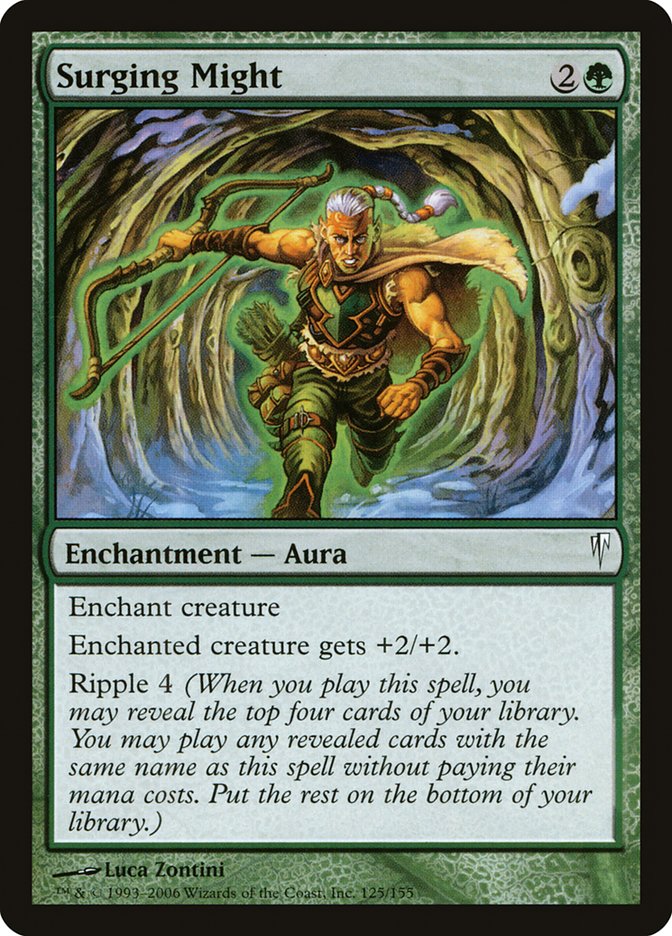
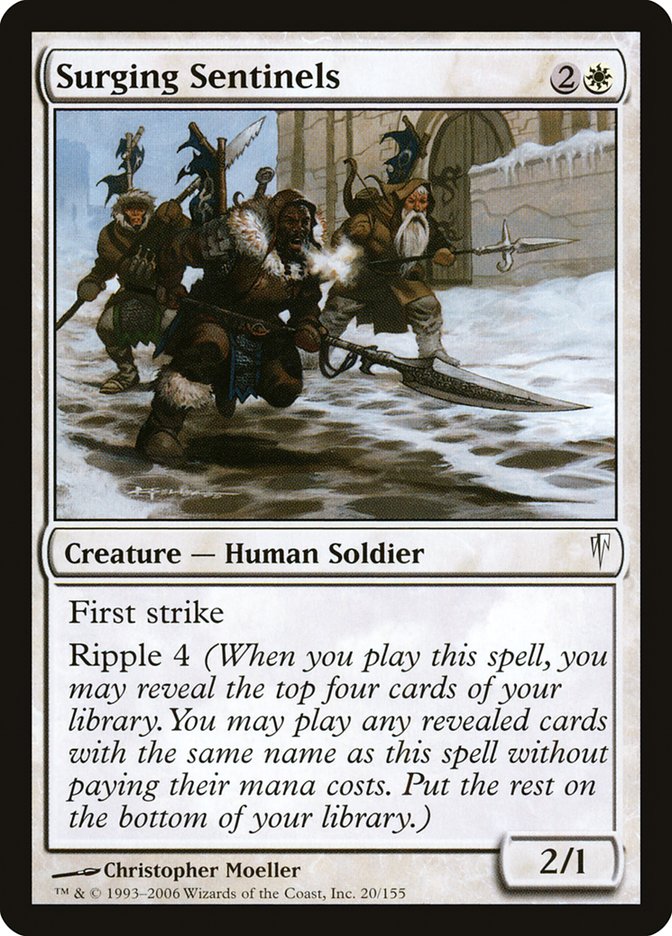
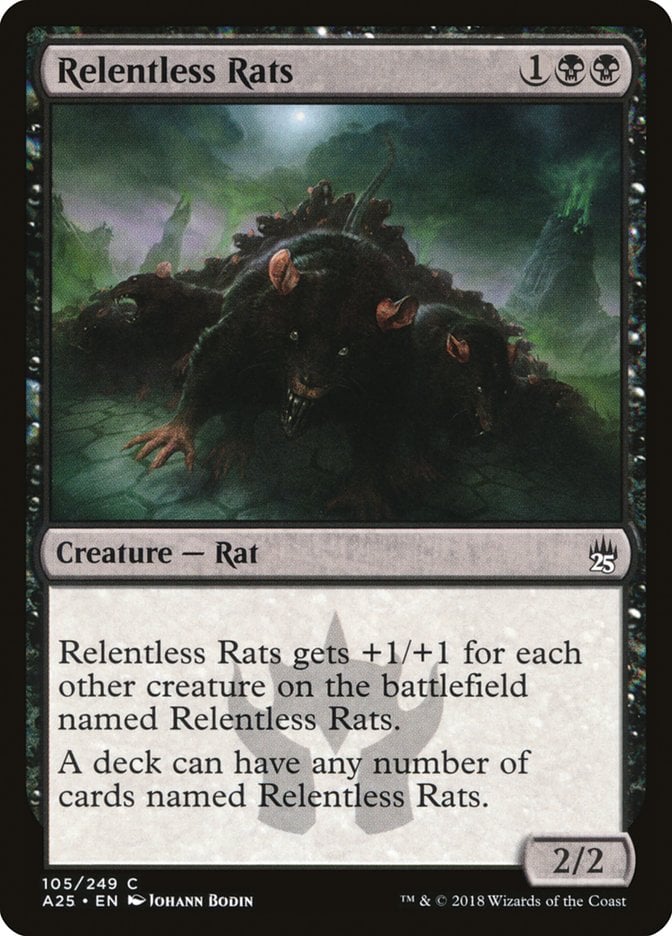

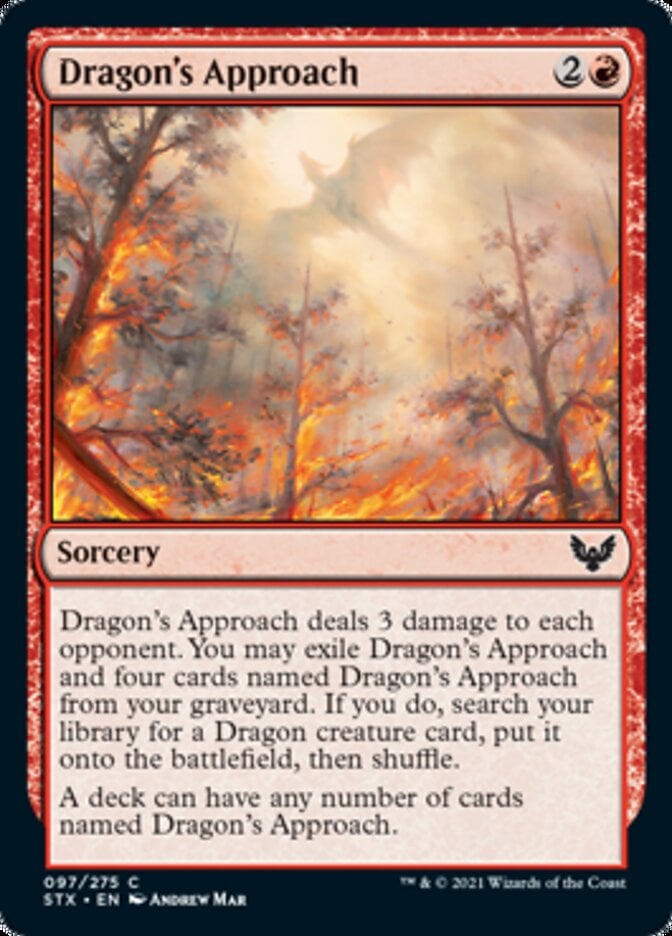


Add Comment